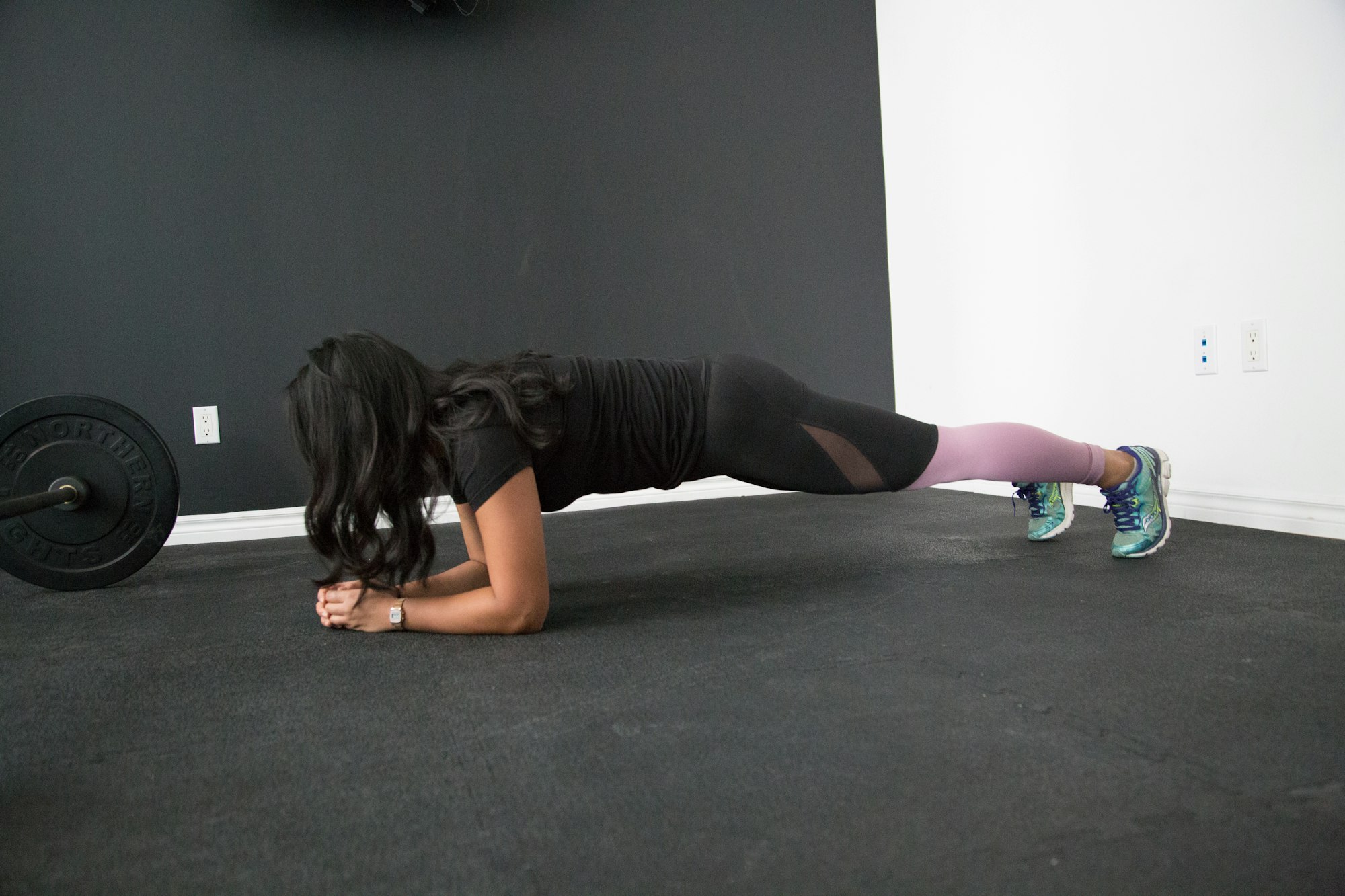the humble walk
Walking is under-rated.
It is a low-impact exercise that all of us can do, at our own pace. It promotes better muscle recovery, improves blood flow, works our aerobic system, helps with our breathing patterns and if you buy into the Original Strength philosophy like I do, it is a reset.
It is also a wonderful activity that will help with muscle retention and promotes fat loss, as the energy system it uses is not the typical one required when we do high intensity exercise.

One disadvantage it has is that it too easy. And the calorie expenditure is on the lower side. So, how about we supercharge the walk and make it awesome?
Let's say you are walking an hour a day, 3 days a week. Just as an example for the rest of this post.
Before we get going, let's make sure our posture and technique when we walk is good. Stand tall. Walk tall.
#1: a race every week
Measure the distance you walk in that hour. Most running apps or any app with a GPS can do this for you.
Every time you go walking, stick to the same duration. Your goal is to try and walk 50 metres more.
Yep, just 50 more metres. But in 7 weeks, you will be walking almost 1 km more than when you started.
Keep doing this until it is not possible to increase the distance every session i.e. you've kinda sorta maxed out the speed on the walk.
By now, you would've also discovered that walking fast is a lot harder than running slow. Good.
Don't start running, even a mini-jog. Instead, combine this method with the #2 just below and really work on your walking pace.
#2: swing your arms and add the tiniest lean forward
The more you swing your arms, the more automatic your leg drive and striding becomes. With the perfect posture i.e. standing tall, when you swing your arms, they will go almost straight - forward and back. Do not let your arms swing wildly.
When done right, as the elbow crosses your body on the way back, you'll see your knee drive up just a bit more than it normally would. Just let momentum take over and you'll see that your pace really increases.
With the tiniest bit of lean, you will see that you are naturally rolling forward.
With methods #1 and #2, you will set a pretty good number in an hour.
#3: planks and squats
To get our heart rate up is the goal but not to silly amounts.
So, while you are walking at this new pace of yours, stop every 100 metres and do 3 squats. Alternate this with a 5-10 second plank.

Just the act of doing these two activities will slowly spike your heart rate up.
The stop-start nature of this will definitely reduce the distance you might do but hey, you are a fast walker. Try and make it up!
#4: ankle weights
This is the grand-daddy of supercharging your walks.
Buy one of those ankle weights that are available across any sports store. You won't need much - 1kg per leg might be ample.
Now, set that pace! You will find that it is actually a bit easier to walk a bit faster, as those weights add to the momentum you are generating.
Paw the floor i.e. when your foot plants on the floor, think about driving it down and back. You'll feel your hamstrings and your glutes as you get the hang of it.
To better explain this point, think of a treadmill that is switched off. Or operated manually. You will need to drive it back with your legs to get the conveyor going - it won't go automatically. That's what I mean by pawing the floor.
Your hamstrings and glutes are going to be sore!
Err on the lighter side as this can throw your gait off if you go too heavy.
And that's it!
I've found walking to be a great way to wind down, to recover, to have an hour to my thoughts and muse on a problem.
Don't underestimate it. Give it a month or two. Once you max out on the distance you can cover in an hour with methods #1 and #2, then things get real interesting.
I suggest going to #3 only after that. And you can start with #4 a week or two after you get #3 going.
Post that, you can keep a simple schedule for 3 days of the week. One day, you just walk and set your new pace and match the distance, more or less. One day, you do #3. And the third day, you do method #4. Or if you are training/lifting regularly, I'd suggest doing one of #3 or #4 and replacing it with a relaxed walk.

